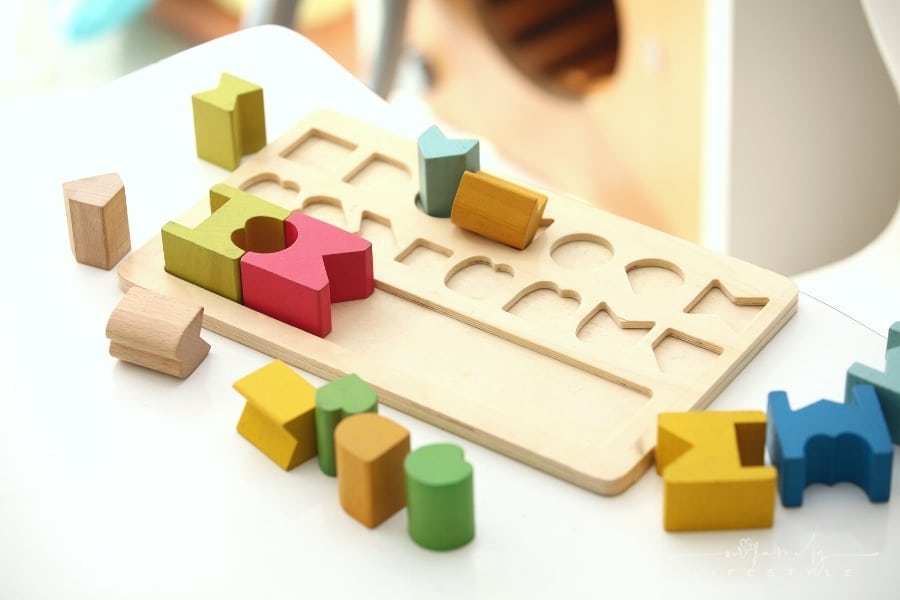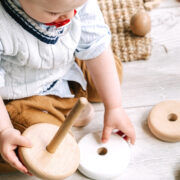An Age-By-Age Guide To Educational Toys
Whether you’re a parent, an uncle or aunt, or a cool family friend, you have probably bought a lot of children’s toys for the different kids you’ve adored and loved.
However, while it’s often easy for most adults to add the toys they see in toy stores to their cart, it pays to know exactly what kind of educational toy will benefit your child.
After all, there are many ways these toys can hone skills that your child will eventually need and use in their life.
Educational toys have been proven effective in developing motor skills, creative mindset, problem-solving skills, sense of independence, and imaginative thinking.
When you can choose the right toy suitable for your child’s age, you can contribute more to their learning. It’s time to disregard screen time and go further into the old but gold conventional educational toys that are more beneficial to your kid’s life.
You can visit craftercise.com.au or some other physical and online toy stores for some exciting toys for any child.
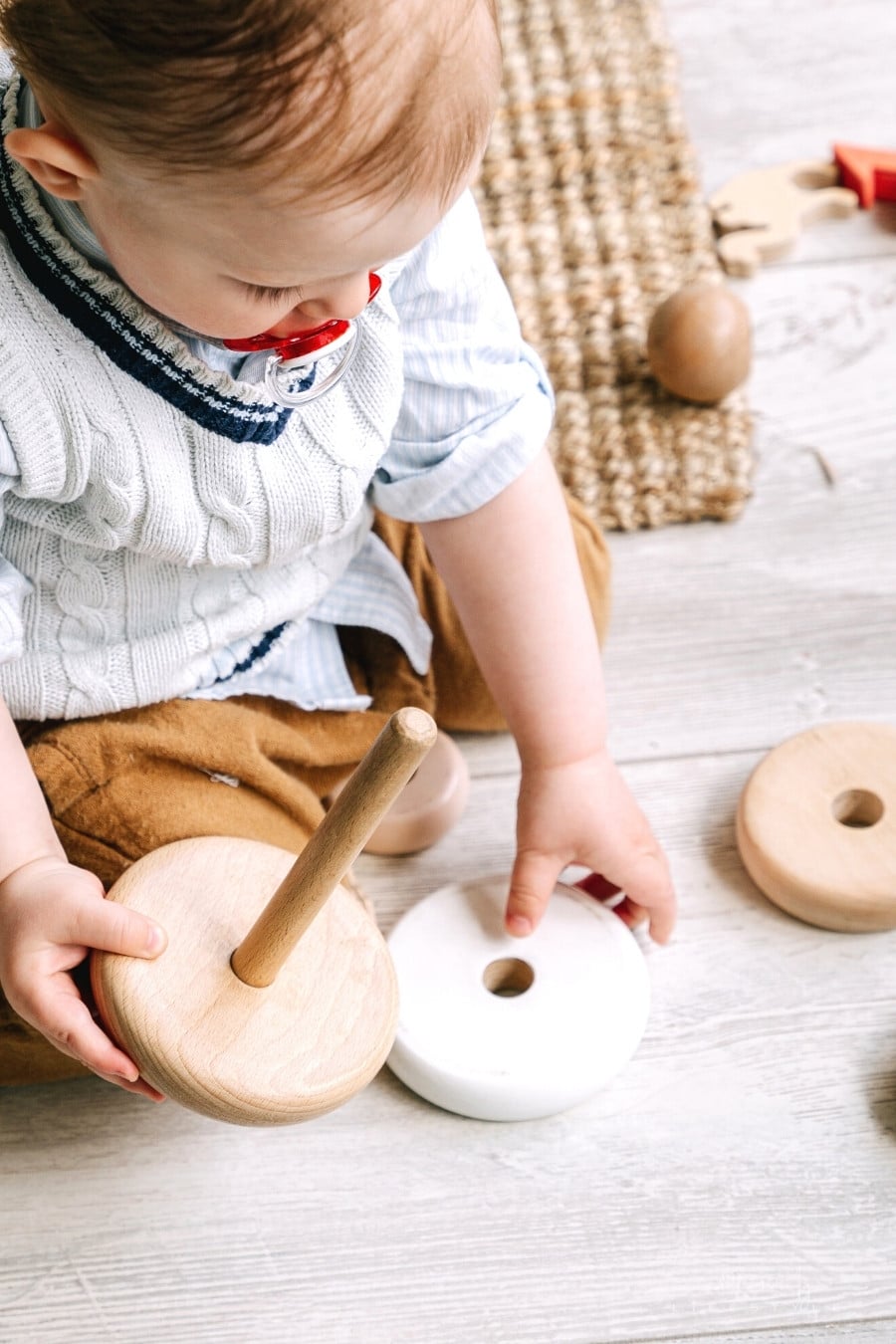
Here’s a brief guide to educational toys based on their ages:
- Infant (Less Than One-Year-Old)
Infants less than one-year-old typically start to move a lot more. They want to discover the different movements they can make as they try to wobble, sit, bounce, crawl, or stand.
This is often the stage where they start understanding their names, their mommy or daddy, and be able to say some words like colors, body parts, and so on. Hence, you can invest in educational toys that allow them to practice these learning abilities even more.
For instance, they can work with baby dolls, stuffed toys, water toys, and other figure toys to attract their intention and grow their curiosity.
Since they love to move more, you can allow them to play with balls and some soft toys to crawl over.
Wooden building blocks are also wonderful educational toys for this age group. Although they might not distinguish them as much yet, they can observe what they are.
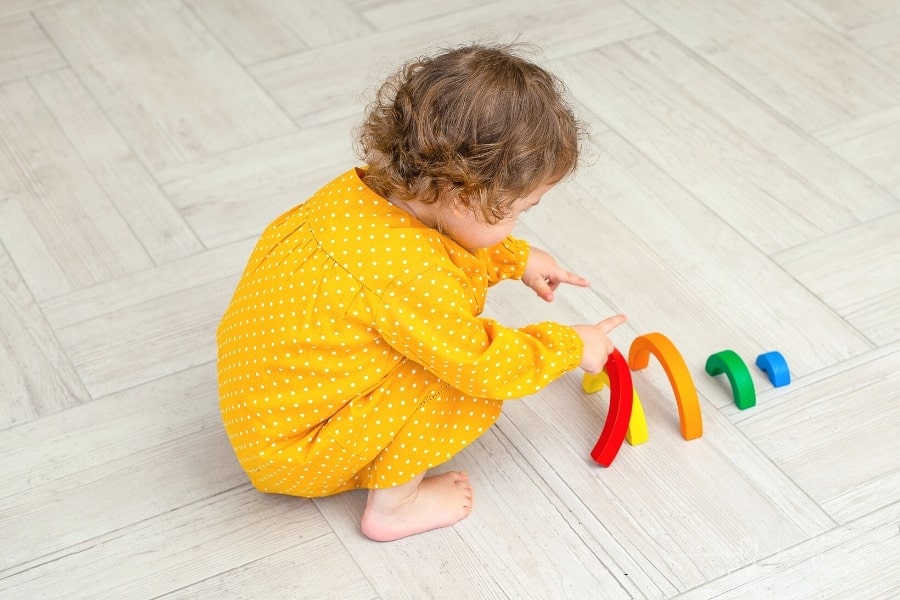
- Toddler (One Year To Three Years Old)
Toddlers start to develop their cognitive, social, and emotional skills. They start learning how objects work and come into play. They love playing with building blocks more and playing pretend with more toys. They understand what animals sound like and what noises trains make.
Hence, it’s good to provide them with educational toys like a toy train, plush toys, baby dolls, and building blocks. You can go for toys that allow them to understand the purpose and meaning. Try to give them toys that create different sounds and noises.
As a toddler grows, they will begin to recognize colors and shapes. Consider toys that will catch their attention easily.
Go for bright colored ones with different textures, and produce different sounds. This is also when they want to play with colors so they can handle scribbling on paper using a crayon.
They can start stacking blocks taller this time and even try to ride a bicycle with side wheels by age 3. Toddlers have so much more energy now, so they want to explore and learn about the things around them more.
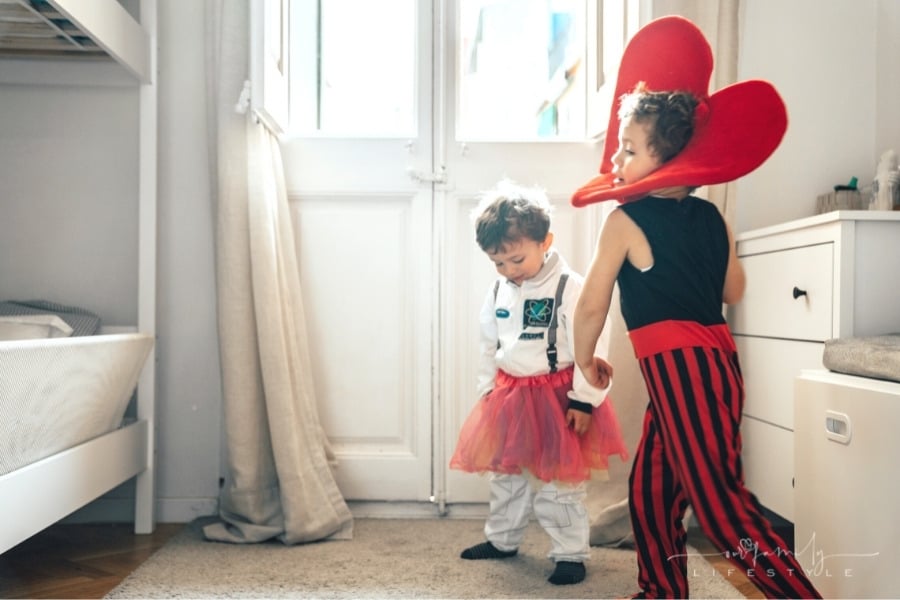
- Preschooler (Three To Five Years Old)
As your child becomes a preschooler or kindergartener, you can expect them to pay more attention. This is when they talk a lot and ask questions here and there.
They’re very curious about everything, and you can give them lots of educational toys to enjoy at this point. Their physical abilities are still developing, so they enjoy experimenting with things.
This is also when they start becoming social, playing with their cousins, neighbors, and other kids. Some of the toys that fit their age are puzzles, coloring books, puppets, colored blocks, etc. They want to play pretend and build anything from scratch.
For your female preschooler, she may want to play dress-up with her dolls. As for boys, they want to play with more car toys, construction sets, and other building toys.
This is also the time when they can get pretty creative, so allow them to use lots of markers and crayons and conduct crafty sessions with them.
They can play with slimes, clays, papers, and many more. You can buy picture books and storybooks to develop their reading and comprehension skills.
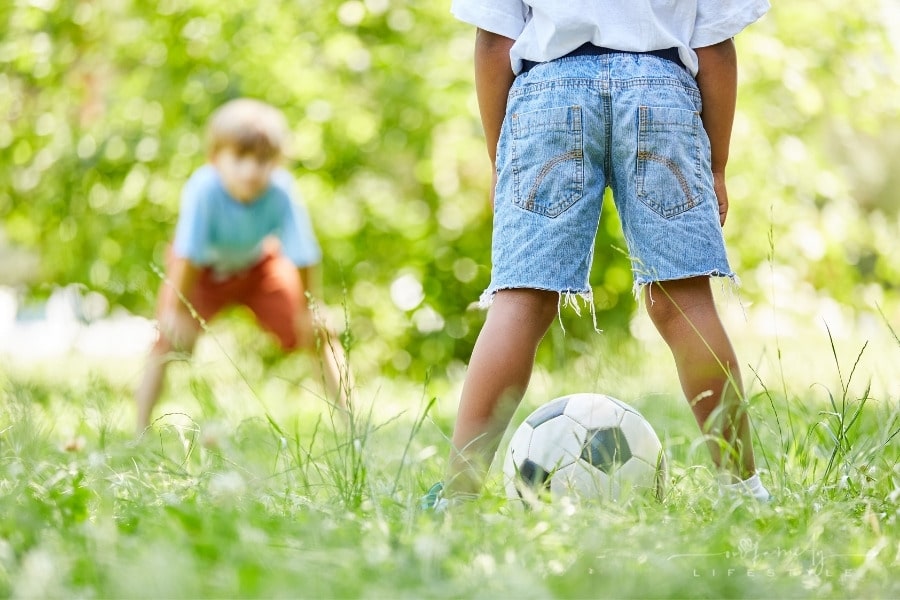
- School-Aged Child (Six To Thirteen Years Old)
In elementary school, kids are more accomplished than they’ve ever been. This is the time when your kids develop their personalities. You can give them toys that inspire their individuality.
They also try to do things independently and expect you to praise them for doing so. Their understanding of the world has grown, and they can now master skills that used to be beyond their grasp.
They’re more than ready to play sports and even be very good with it. School-aged kids have a lot of energy to burn, so encourage and support them to play outdoors in a safe environment. If there’s a sport they want, you need to support them.
This is when your kids start developing their talents and skills. They might be really good at music, sports, dancing, drawing, and many other skills. Inspire them to extend those skills by supporting them through education, practice, and other resources.
Some of the educational toys for this age group include sports balls, bicycles, skateboards, instrumental equipment, and some arts and craft toys.
This is also the stage where they develop more social relationships with others. They meet their best friends and want to spend more time with them.
However, always make time for your kid and ensure that you should still be their ultimate best friend or playmate.
Conclusion
Your kid will go through life’s cycle and stages as they grow. And their early stages are very crucial for them to learn the foundations and basic skills in life.
Educational toys play a significant part in these other developments.
Hence, you must become aware of the different toys to provide them with according to their age. Hopefully, this guide has helped you become more aware of the best toys for your child.

